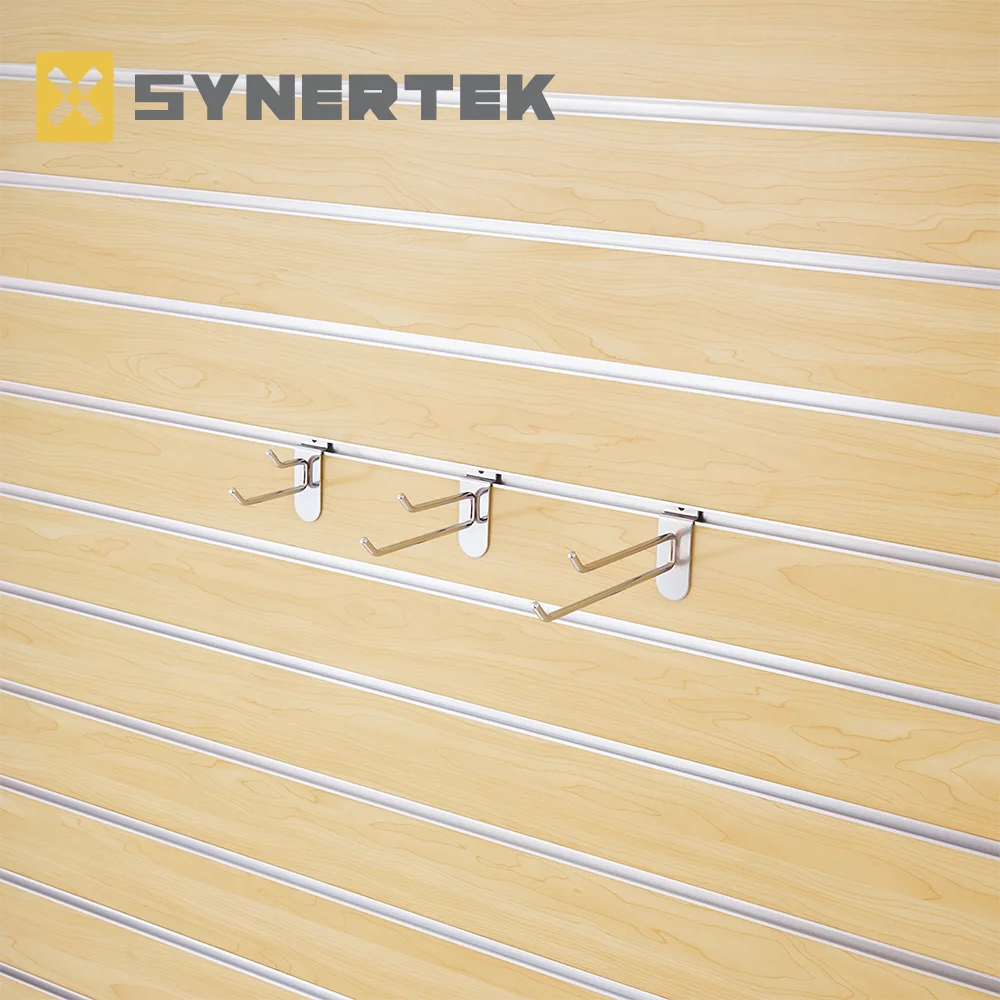Choosing the Ideal Materials for Hot Weather: A Comprehensive Guide
2 min readWhen it comes to enduring hot weather, selecting the right materials can make a significant difference in comfort and overall well-being. In this comprehensive guide, we will explore various industries and their recommended materials for hot weather conditions. From clothing to construction, we will delve into the properties, benefits, and applications of each material, ensuring you make informed choices for a cooler and more enjoyable experience.
- Clothing Industry:
In scorching temperatures, clothing plays a vital role in regulating body temperature and preventing heat-related illnesses. Here are some materials that excel in hot weather:
a) Linen: Known for its breathability and moisture-wicking properties, linen is a natural fabric that allows air circulation, keeping you cool and dry.
b) Cotton: A popular choice, cotton is lightweight, breathable, and absorbs moisture, making it ideal for hot weather. Opt for lighter weaves like voile or chambray for enhanced airflow.
c) Bamboo: With its exceptional moisture-wicking abilities and natural UV protection, bamboo fabric offers excellent ventilation and comfort in hot climates.
- Footwear Industry:
Choosing the right footwear is crucial for maintaining comfort and preventing foot-related issues in hot weather. Consider the following materials:
a) Mesh: Footwear with mesh uppers allows maximum breathability, promoting airflow and preventing excessive sweating.
b) Leather: While leather may seem counterintuitive, it is a natural material that allows feet to breathe and prevents moisture buildup. Look for perforated or open-toe designs for added ventilation.
c) EVA Foam: Commonly used in athletic shoes, EVA foam provides cushioning and breathability, keeping your feet cool and comfortable during hot weather activities.
- Construction Industry:
In hot climates, construction materials must withstand high temperatures while providing insulation and energy efficiency. Here are some recommended options:
a) Cool Roofs: Reflective roofing materials, such as white membranes or coatings, reduce heat absorption and lower indoor temperatures, reducing the need for excessive air conditioning.
b) Insulated Concrete Forms (ICFs): These materials offer superior insulation and thermal mass, keeping interiors cool by minimizing heat transfer through walls.
c) Natural Stone: Stone materials, like granite or limestone, have excellent thermal properties, absorbing and dissipating heat slowly, which helps maintain a cooler indoor environment.
Conclusion:
Choosing the right materials for hot weather conditions is essential for personal comfort and the efficiency of various industries. Whether it's clothing, footwear, or construction materials, understanding the properties and benefits of each option allows us to make informed decisions. By opting for breathable fabrics like linen or cotton in clothing, mesh or leather in footwear, and utilizing cool roofs or ICFs in construction, we can create a more comfortable and sustainable environment even in the hottest of climates.

